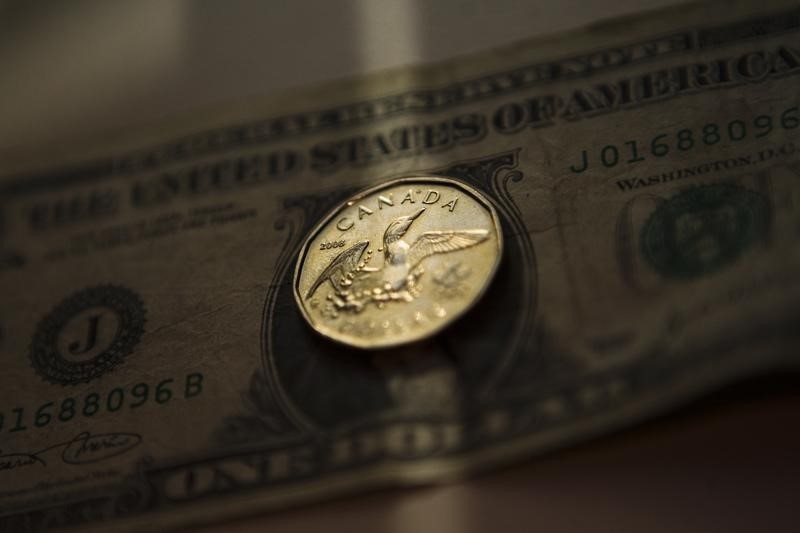* Canadian dollar at C$1.2911, or 77.45 U.S. cents
* Bond prices mostly lower across the maturity curve
(Adds quote, details; updates prices)
By Leah Schnurr
OTTAWA, Oct 16 (Reuters) - The Canadian dollar weakened
against the greenback on Friday as an increase in the price of
oil failed to convince investors to continue the recent rally in
the commodity-sensitive currency.
The loonie, as Canada's currency is colloquially known, was
up 0.2 percent on the week, helped by investor concerns that
weak economic conditions will convince the U.S Federal Reserve
not to raise rates this year.
Over the past year, the currency has been badly hit by the
drop in the price of oil, a major export for Canada. But the
Canadian dollar has not traded as closely with oil in recent
sessions and is up 3 percent since the start of October.
"I personally think the rally was overextended and now it's
a little bit of a return to reality," said Greg Anderson, global
head of foreign exchange strategy at BMO Capital Markets in New
York.
Anderson said the loonie is in the short-term over-valued
compared to commodity prices and expects fundamental factors to
cause it to weaken to C$1.31 by the middle of next week.
The Canadian dollar ended the North American
trading session at C$1.2911 to the greenback, or 77.45 U.S.
cents, weaker than Thursday's close of C$1.2847, or 77.84 U.S.
cents.
The loonie heads into next week with a number of potential
risk factors, chiefly a federal election on Monday and a Bank of
Canada interest rate decision on Wednesday.
In the last leg of the closely-fought election race,
incumbent Conservative Prime Minister Stephen Harper is
currently second in the polls, not far behind the Liberal party
led by Justin Trudeau, son of a former prime minister.
"Transitions of government cause uncertainty," said
Anderson. "For currencies with current account deficits that
need to be funded by foreign investors, uncertainty is a net
negative for the currency."
Two days after the election, the Bank of Canada is widely
expected to hold interest rates at 0.50 percent. The central
bank has cut rates twice this year to help buffer the impact of
cheaper oil on the economy.
Canadian government bond prices were mostly lower across the
maturity curve, although the two-year CA2YT=RR added half a
Canadian cent to yield 0.535 percent, while the benchmark
10-year CA10YT=RR rose 25 Canadian cents to yield 1.469
percent.
